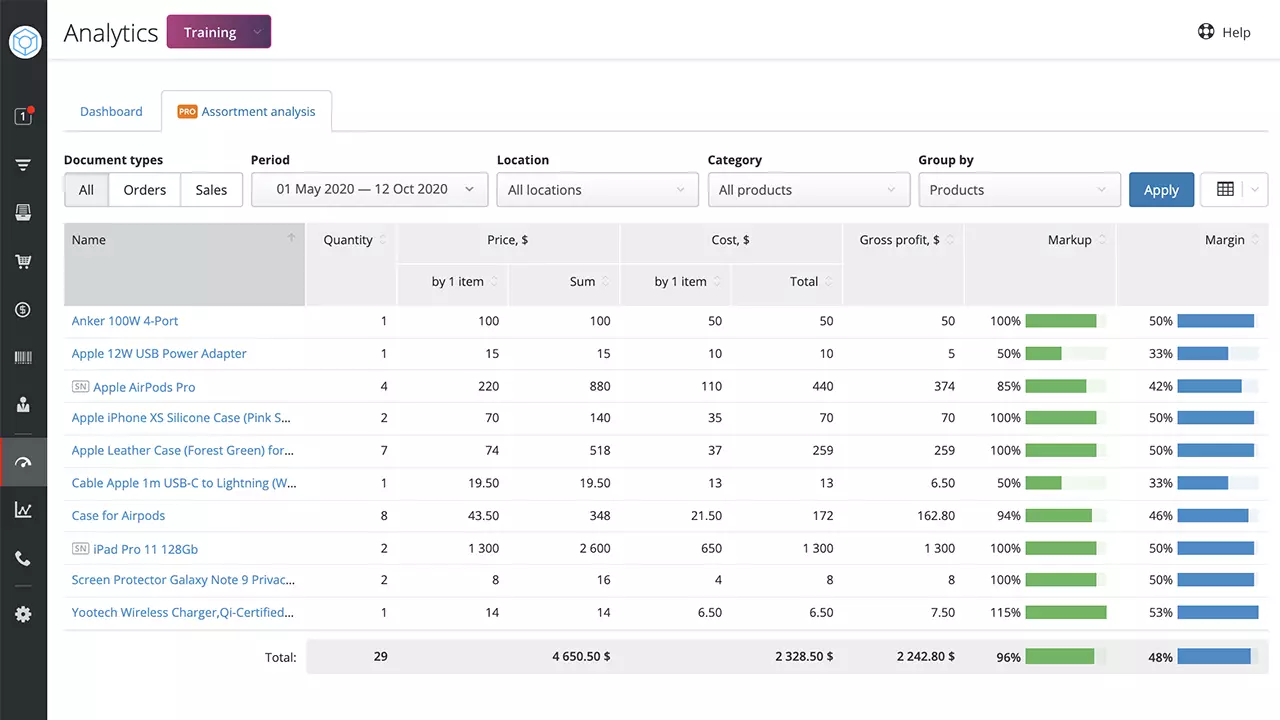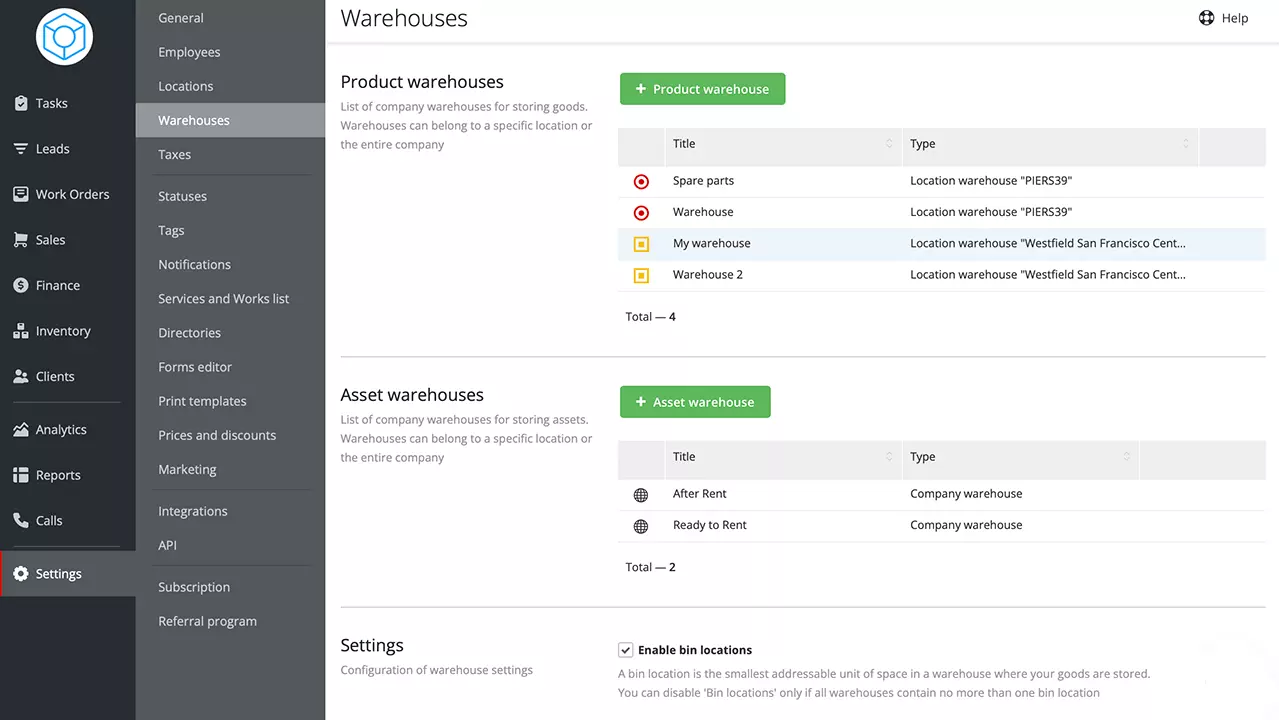Managing Inventory In Small Business: Principles And Best Practices
Arranging stock in your warehouse can be a tricky and often confusing endeavor. Good news: there are many ways to ensure successful management and inventory control, even if you run a small business.
Table of Contents
Inventory Management Fundamentals
Inventory Management Techniques to Maximize Efficiency
Final Thoughts
A top thing defining a successful company is its ability to maintain inventory properly. This means you have both the right product and the right amount of this product to meet customer demand. It also means you must manage your warehouse space well by storing everything you need correctly. If you are looking for proven inventory management tips, this blog post is for you.
Inventory Management Fundamentals
Inventory management is the process of organizing and optimizing the flow of materials and their storage over time. This includes maintaining a stock of raw materials, consumables, ready-to-sell goods, or spare parts. It can be broken down into two major components: planning and execution.
What to Do at the Start
Planning your inventory is the first step when determining how much of a given item you should order. You can always order more than you need to ensure enough goods are available in case of high demand. But it’s also crucial to avoid excess inventory in your storage space and wind up with many goods you don't need. When you resupply your stock, consider the number of items each order contains, how many items you want in your current inventory, and your ordering frequency.
You should follow a few fundamental principles when building out your company’s warehouse management system to keep your supply well-balanced and control expenditures. Consider the following:
1. Inventory levels. Knowing your fast- and slow-sellers is vital before ordering new batches. This is when knowing the sales trends of a particular product comes in handy.
2. Delivery time. When calculating the minimum and maximum stock levels, consider how fast you can receive products you order to refill your stock. Then, make sure your inventory management solution notifies you when they are running low. E.g., in Orderry’s jewelry inventory software, you’ll see such items marked red in the stock list:

Display of low-in-stock items in Orderry
3. Physical storage space. Before ordering, ensure that the storage space can store various products for your business operations.
4. Inventory costs. Research carefully before deciding what product mix is the best option for your business and what budget you’ll need.
Smart inventory management increases profit. Sign up for a free Orderry trial today to make the most out of your stock.
Execution and Record-Keeping
Keeping inventory records is a challenging task involving lots of manual work. The good news is — you can automate some processes. There are many tools out there, like special devices and inventory management systems, that will save you hours. For instance, mobile scanners can scan incoming shipments and automatically create a purchase order in the system. This will eliminate the need for a physical inventory count and updating stock levels.
The main purpose of stock control is to keep records of every action done to items in your warehouse. You should commit yourself and your inventory managers to do this regularly for at least four reasons: make operations run smoothly, prevent loss or damage, eliminate theft, and get valuable analysis of inventories to optimize cost. E.g., in Orderry, an Assortment Analysis Report will inform you about what goods or categories are often used in services you offer and how much profit they generate for your business.

Screenshot of the Assortment Analysis Report feature in Orderry
Inventory Management Techniques to Maximize Efficiency
Small businesses should continuously improve their processes and try different approaches to avoid unnecessary expenses. Focus on avoiding keeping a product in stock when the customer flow is decreasing while optimizing your supply chain management to be ready to take advantage of sales opportunities. Have a look at the following inventory improvement ideas:
1. Commitment: Commit to a quantity and delivery schedule for items your company needs and know beforehand what you will do in the event of stockouts.
2. Diversification: Order smaller quantities of a broad range of items.
3. Multiple-location inventory: If one location needs an additional order for a finished product, simultaneously order it from another. E.g., When using Orderry, you can create digital warehouses for each location and quickly perform product transfers.

Digital warehouses in Orderry
4. Model-based ordering: Carefully watch your inventory turnover by keeping track of the items sold and the items stocked — order enough of those items to assure continuous availability. Instead of relying on your suppliers to tell you how much inventory to order, you can make an informed decision by analyzing sales trends and modeling how your sales will likely continue.
5. Blanket purchase orders: Build relationships with reliable suppliers to ensure regular deliveries, optimized supply chains, and attractive terms. Blanket purchase orders are preferred when the inventory doesn’t need to be replenished often or when you can afford a one-time wait for a stocked item.
6. Smart inventory controlling system: Choose a solution that gathers all the critical information and provides the data and inventory reports for planning and decision-making. With digital inventory management tools, you’ll use your inventory smarter, generating your profit continuously.
Final Thoughts
When working with inventory, it's essential to know that it's not just about the physical goods that you sell in your shop, but it's also about what you'll need to buy, when to order, and how to keep records of everything that is going on in your warehouse. Remember that inventory management is an ongoing process that needs to be constantly monitored and adjusted for your company's changing needs. Use automation solutions and test different inventory management methods to optimize your stock management, save time, and keep your inventory moving.



